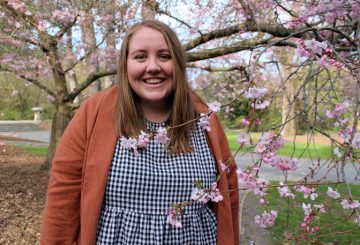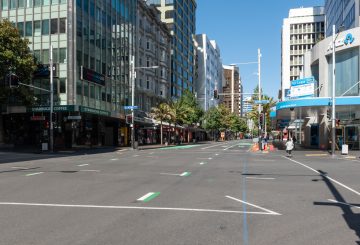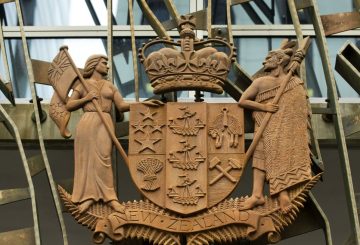Brian Tamaki’s trial for breaking Covid-19 rules started after a delay on Monday. He is the leader of Destiny Church and faces charges with his wife, Hannah Tamaki, and two others. They are accused of attending protests during a Level 3 lockdown in October and November 2021.
Supporters of the Tamakis gathered outside the Auckland District Court, holding signs that read “We Stand With Tamaki” and “Make NZ Great Again.” The trial was supposed to start at 10 am but was delayed to 2:15 pm. When court resumed, the supporters filled the public area as the Crown began its opening statement. Tamaki’s lawyer, Ron Mansfield KC, asked supporters to silence their phones and remove hats and sunglasses.
The charges come from protests where gatherings were limited to 10 people due to health rules. Senior Crown prosecutor Matthew Nathan stated that between September and October 2021, the Tamakis and two others organized and attended large outdoor events, breaking the lockdown rules. The first protest occurred on October 2, with around 1,000 attendees, many not wearing masks. Tamaki spoke at this event and promoted another protest on October 16.
The following protest had about 2,000 people, and the one on October 30 saw around 5,000 attendees. Although Brian Tamaki did not attend the October 30 event, his wife did. Kaleb Cave acted as the master of ceremonies during the protests. Furthermore, Brian Tamaki is also charged for attending another protest on November 20, 2021.
He was arrested in January 2022 for allegedly breaking bail conditions and spent 10 days in jail. He has been filmed at each protest and does not deny attending them. The prosecution argues that Tamaki’s actions make him criminally responsible for the gatherings. They claim that a reasonable person in his position would not have attended or encouraged others to join the protests.
The trial is expected to continue for the week with more witness testimonies.






























































